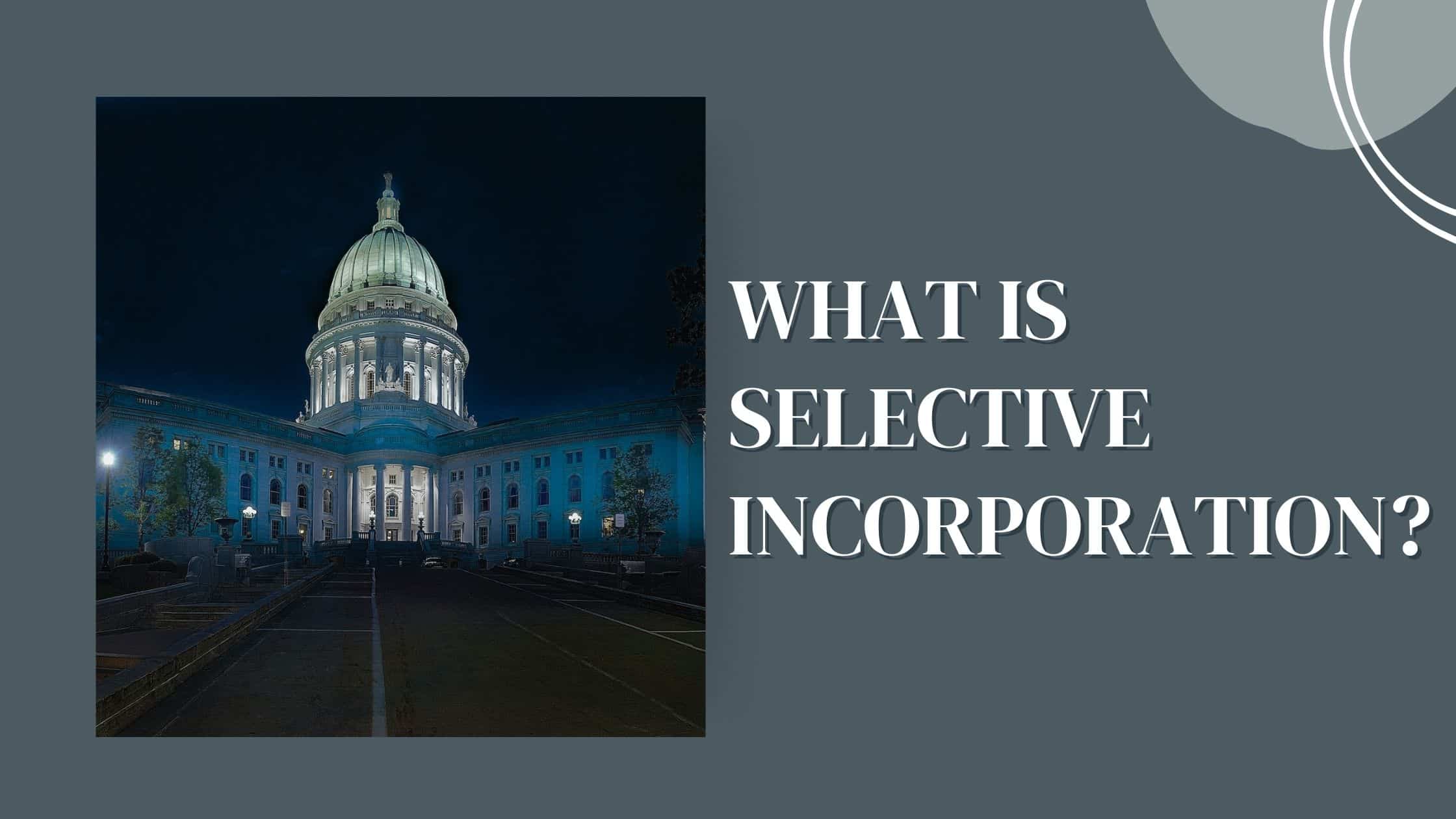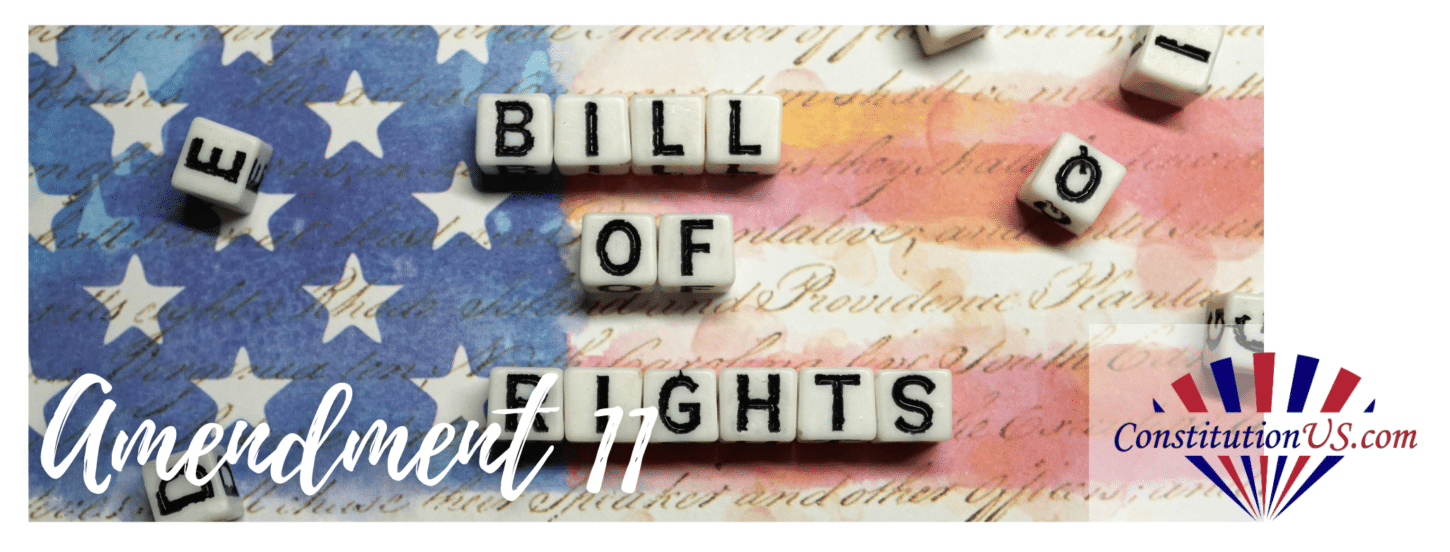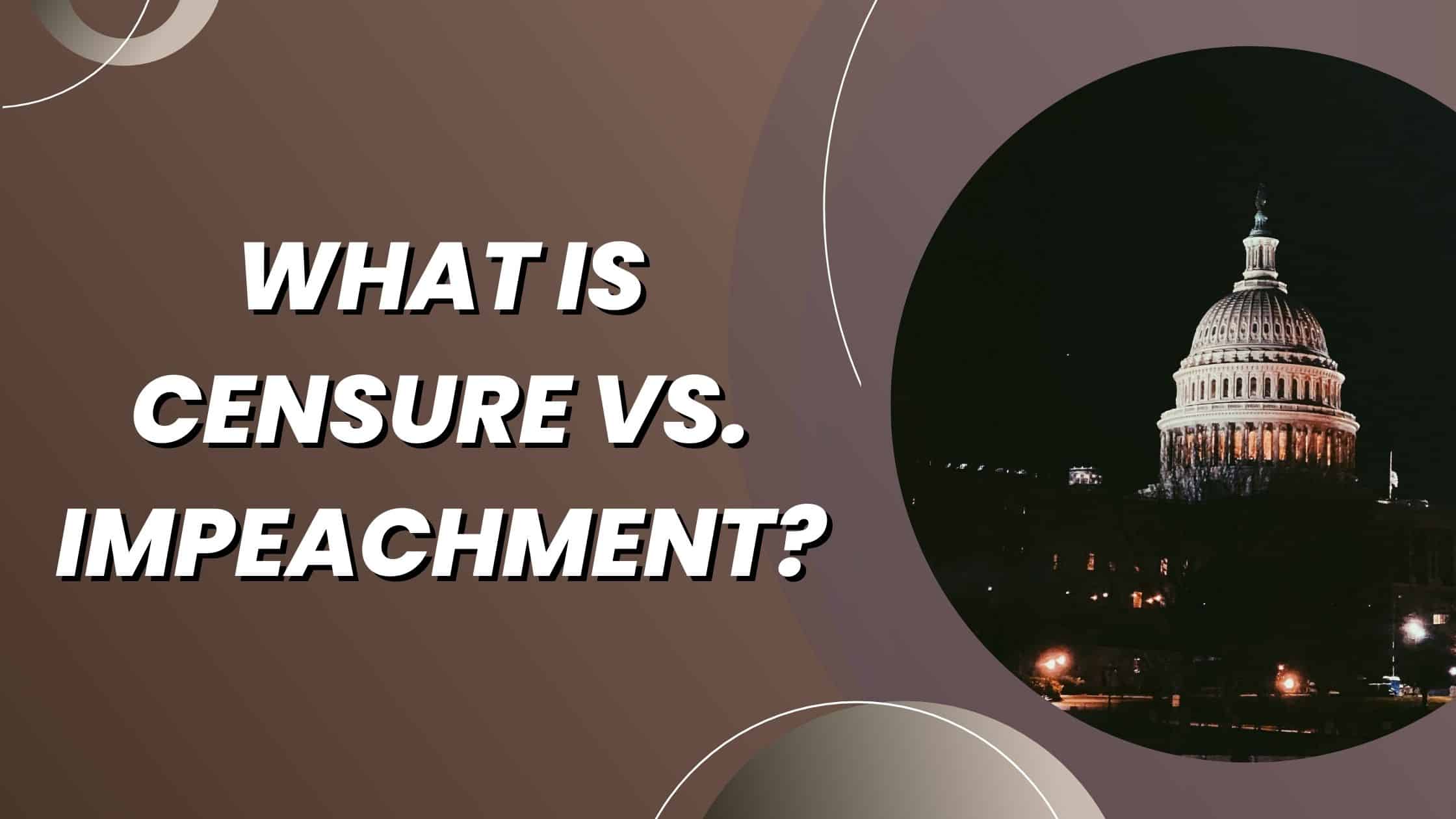Table of Contents
ToggleSelective incorporation is the process used by the Federal Government to apply the contents of the Bill of Rights to individual states. This is done through the 14th Amendment.
The Supreme Court has made several rulings for or against mandating state governments to follow certain provisions originally meant for the federal government alone. It is this case-by-case approach that gives selective incorporation its name.
It Starts With the Bill Of Rights
The Bill of Rights is the name given to the first 10 amendments to the United States Constitution. The amendments were necessary, as many states refused to ratify the constitution without protections against government overreach.
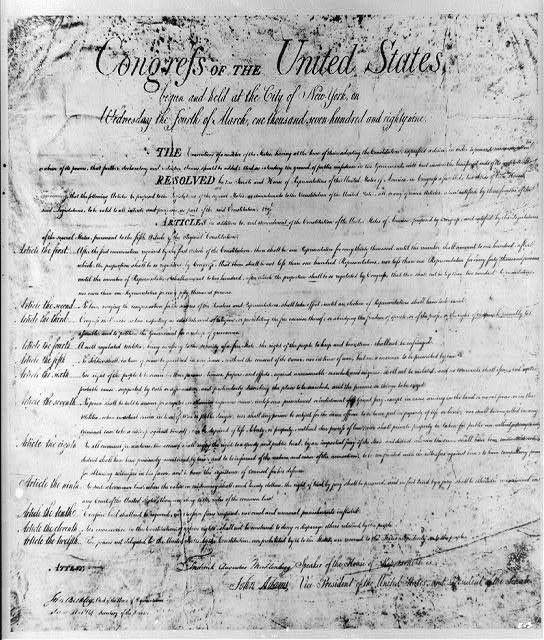
The amendments addressed these concerns while enumerating what would be considered fundamental rights.
The first ten amendments to the United States Constitution making up the Bill of Rights are:
- Freedoms of religion, speech, press, assembly, and petition
- Right to keep and bear arms in order to maintain a well-regulated militia.
- No forced quartering of soldiers.
- Freedom from unreasonable searches and seizures.
- Right to due process of law, freedom from self-incrimination, and double jeopardy.
- Rights of accused persons, such as the right to a speedy and public trial.
- Right to trial by jury in civil cases involving amounts greater than $20.
- Freedom from excessive bail and cruel and unusual punishments.
- Acknowledgment of the existence of rights beyond those at the time enumerated.
- Powers reserved to the states.
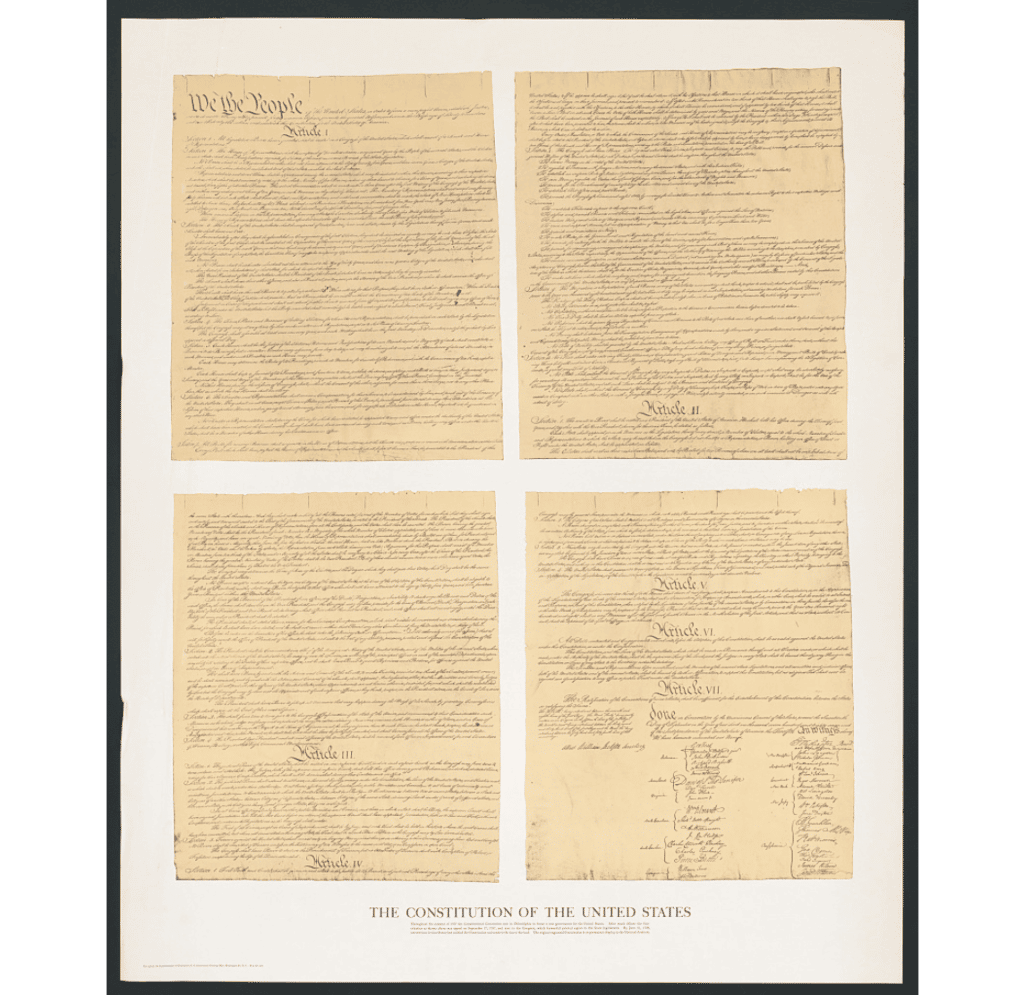
The purpose of these amendments was to limit the federal government’s power. Meanwhile, states could and did enact laws and practices that violated these rights with impunity. This changed with the introduction of the 14th Amendment.
What Is the 14th Amendment?
The 14th Amendment to the Constitution grants United States citizenship to all persons “born or naturalized” in the US. It is considered a response to oppressive state laws implemented during the mid-1800s, restricting the rights of freed slaves.
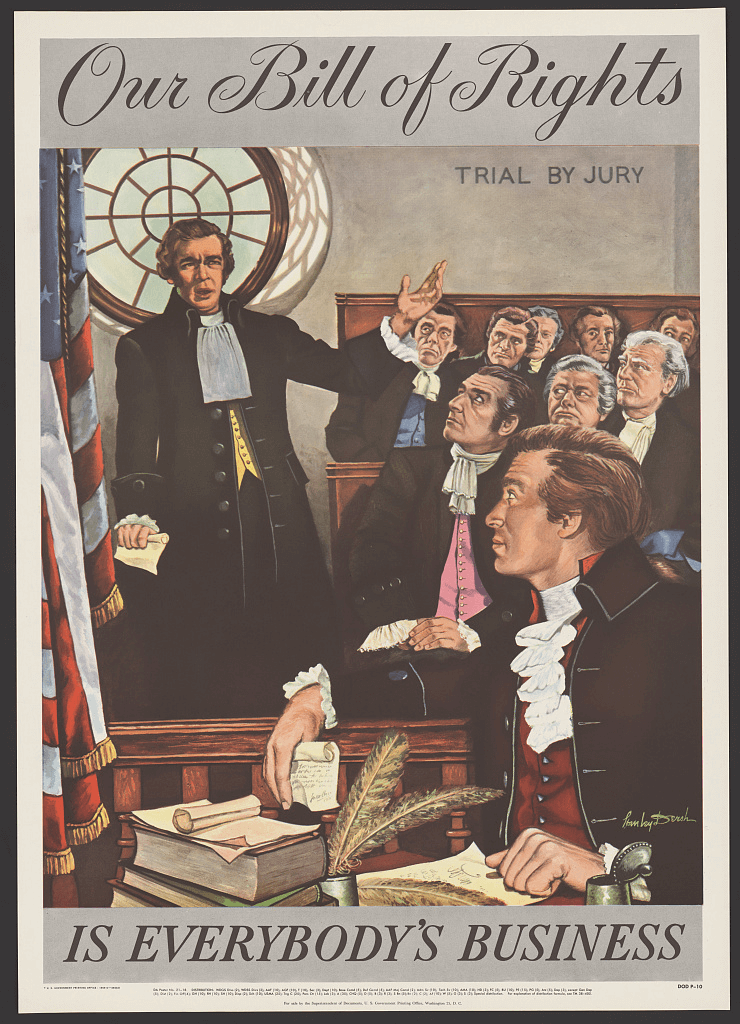
However, for one of its authors, the amendment’s primary purpose was to ensure that states were obligated to observe the Bill of Rights protections.
Ohio Congressman John A. Bingham authored the amendment’s first section, which includes what is now known as the “due process clause.” It declares that no state may
“deprive any person of life, liberty, or property without due process of law.”
Bingham wanted states also to be bound to uphold, in his own words,
“the personal rights guaranteed and secured by the first eight amendments.”
The 14th Amendment (1868) contained many provisions instrumental in advancing civil rights. However, it was 57 years before the first United States Supreme Court ruling interpreting it along the lines Justice Bingham had intended.
The Beginning of Selective Incorporation
In the 1925 case of Gitlow v. New York, the United States Supreme Court ruled that free speech is protected by the Fourteenth Amendment’s due process clause.
This marked the first time that a Bill of Rights provision was applied to state governance.
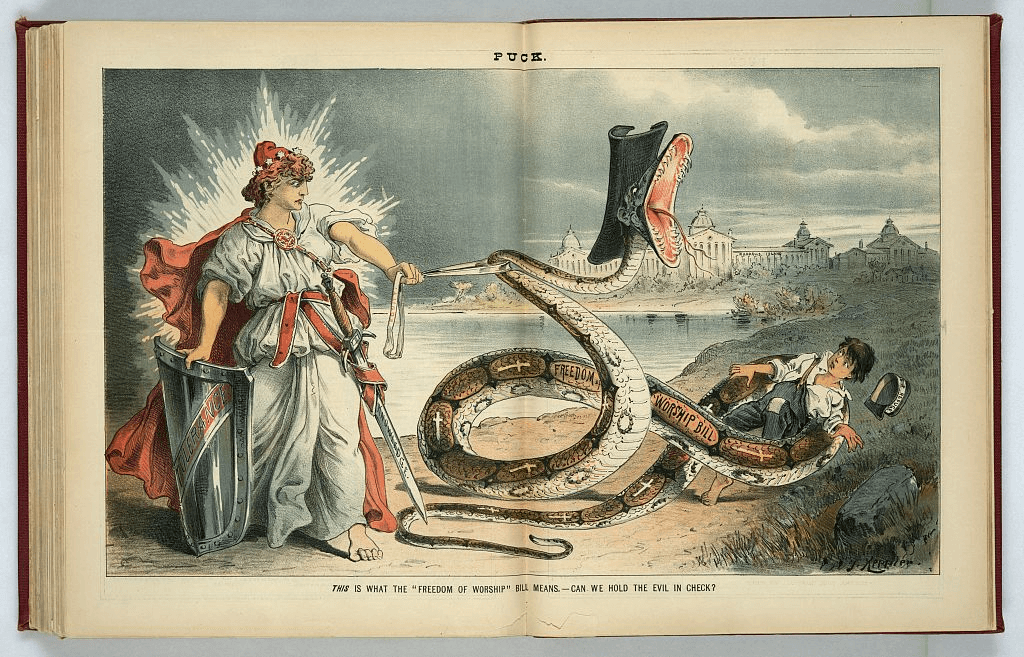
It also established a precedent for using the due process clause to achieve such a result.
Many lawmakers began advocating a “total incorporation” approach. They argued that the entire Bill of Rights should apply to states.
However, some amendments, such as the 10th, wouldn’t make sense for states, while others, like the Seventh Amendment, could pose an unreasonable burden for them.

Get Smarter on US News, History, and the Constitution
Join the thousands of fellow patriots who rely on our 5-minute newsletter to stay informed on the key events and trends that shaped our nation's past and continue to shape its present.
Moreover, not every provision in the Bill of Rights has been found to meet the standard of the due process clause.
This was the case in 1937’s Palko v. Connecticut, where a 5th Amendment provision, the protection from double jeopardy, was judged not to be a fundamental right.
Deciding Which Rights Are Fundamental
In the majority decision for Palko v. Connecticut, Justice Benjamin Cardozo wrote that certain principles are “implicit in the concept of ordered liberty.'”
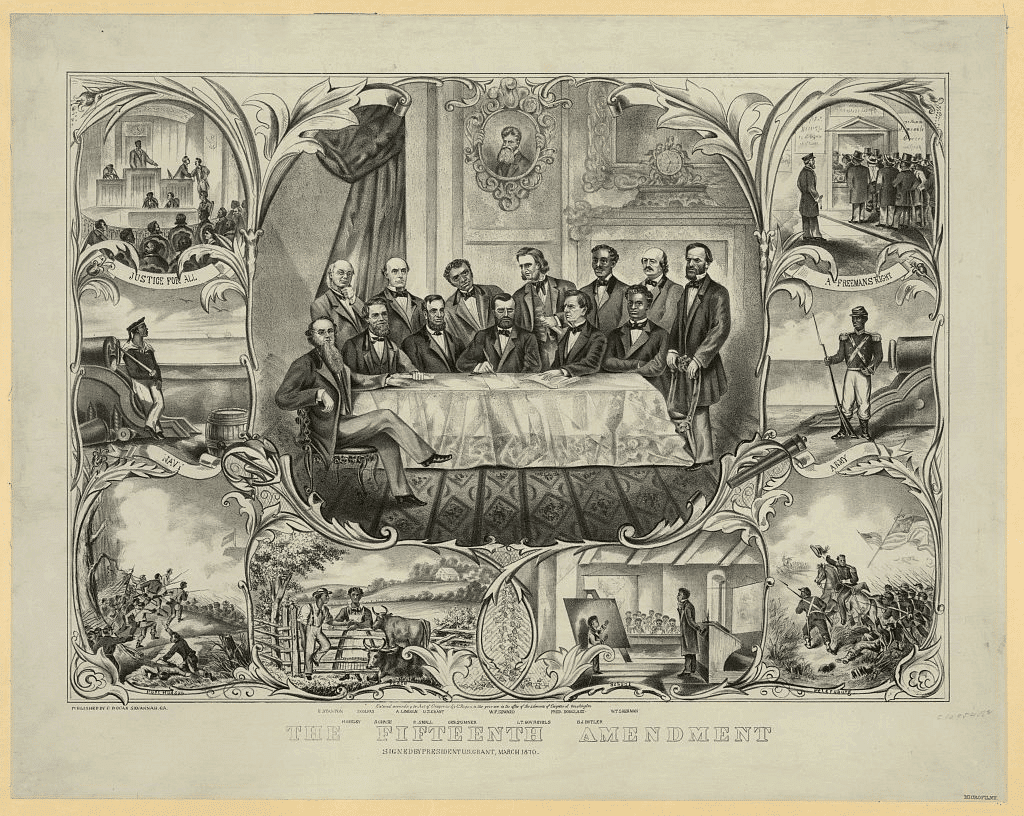
He and the justices who followed him have endeavored to judge whether provisions within the Bill of Rights are necessary for the proper functioning of government.
The bar set by the Fourteenth Amendment is the deprivation of an individual’s “life, liberty, or property.” When justices judge that the lack of a right does not impact these things unduly, they rule that it does not warrant protection in the state.
Rights Protected by Selective Incorporation
Even with the careful scrutiny applied to each case, more protections have been deemed fundamental than not. They are:
- 1st Amendment rights to freedom of speech, the press, and religion.
- 2nd Amendment right to bear arms.
- Fourth Amendment ban on unreasonable search and seizure.
- 5th Amendment privilege against self-incrimination.
- 6th Amendment right to a speedy trial.
- Eighth Amendment right to protection against cruel and unusual punishment.

Other elements of these amendments have yet to be challenged, so no opportunity for a ruling has presented itself. As for provisions within the Bill of Rights that have been ruled not to be fundamental, they are:
- Fifth Amendment protection from double jeopardy.
- Sixth Amendment right to a jury selected from residents of the state and district where the crime was committed.
- Seventh Amendment guarantee of trial by jury in civil cases involving amounts over $20.
- Eighth Amendment protection from excessive fines.
The Role of the People in Selective Incorporation
The Bill of Rights is often lauded for its clear-eyed assessment of what rights are most fundamental to free citizens.
It can seem contradictory for those very same rights to be put on trial to have their intrinsic nature proven. Even more shocking is when they fail to meet the standard.

However, rights can only be considered for incorporation when American citizens challenge them. Many states protect such rights in their constitutions and laws without needing a federal mandate.
The lack of cases successfully arguing the infringement of these rights suggests that they are being respected without incorporation.
Selective incorporation depends on the engagement of the people to identify and protect their own rights. In doing so, it helps preserve the states’ rights, providing a robust check on federal power.
Lesson Plan to Teach Selective Incorporation
Lesson Title: Understanding Selective Incorporation
Objective: Students will be able to explain the concept of selective incorporation and its role in applying the Bill of Rights to the states through the Fourteenth Amendment.
Materials:
- Handout with text of the Bill of Rights and Fourteenth Amendment
- Chart paper and markers
Warm-Up (10 minutes):
- Review the concept of the Bill of Rights with the students. Ask them to list out as many amendments as they can remember.
- Discuss the purpose of the Bill of Rights, which is to protect the basic rights and freedoms of American citizens from government overreach.
Direct Instruction (15 minutes):
- Pass out the handout with the text of the Bill of Rights and Fourteenth Amendment.
- Have students read through the text of the Fourteenth Amendment, focusing on the Due Process Clause.
- Ask students to identify the purpose of the Due Process Clause. (to prohibit states from denying any person “life, liberty, or property, without due process of law”)
- Introduce the concept of selective incorporation, which is the process by which the federal government applies the provisions of the Bill of Rights to the states through the Fourteenth Amendment.
- Explain that the Supreme Court has used the Due Process Clause to selectively apply certain provisions of the Bill of Rights to the states on a case-by-case basis.
Guided Practice (20 minutes):
- Divide students into small groups.
- Have each group choose one provision of the Bill of Rights and research a Supreme Court case in which that provision was applied to the states through selective incorporation.
- Have each group present their findings to the class, including the provision they chose, the Supreme Court case, and the outcome of the case.
- As a class, create a chart on chart paper with the provisions of the Bill of Rights listed down the left side and “applied to states” or “not applied to states” listed across the top. Have students fill in the chart based on the cases they presented.
Independent Practice (10 minutes):
- Have students choose one of the provisions of the Bill of Rights that has not yet been applied to the states through selective incorporation.
- Have them write a short paragraph explaining why they think this provision should or should not be applied to the states.
Closure (5 minutes):
- Review the concept of selective incorporation and the importance of the Fourteenth Amendment in protecting the rights of American citizens.
- Ask students to share their thoughts on the provision they chose for independent practice and why they think it should or should not be applied to the states.
Assessment:
- Observation of student participation in group work and class discussion
- The chart on selective incorporation
- Individual paragraphs on the chosen provision
